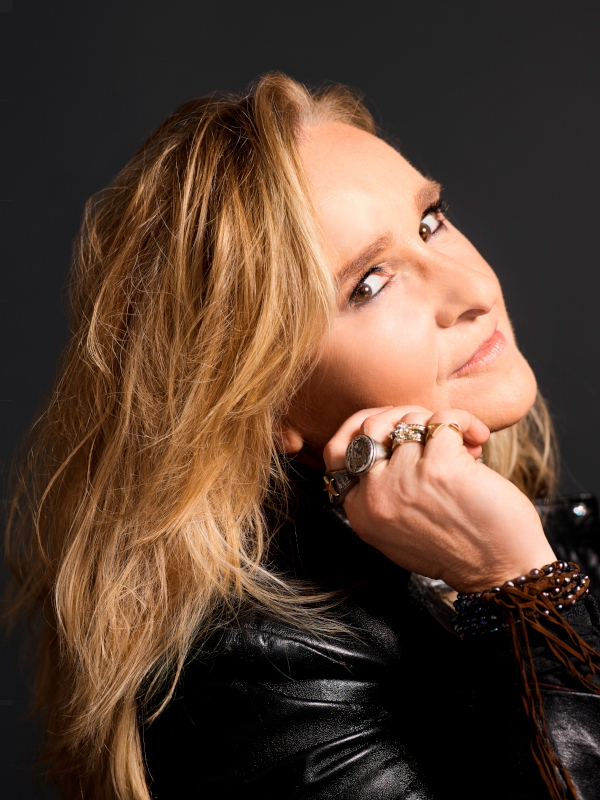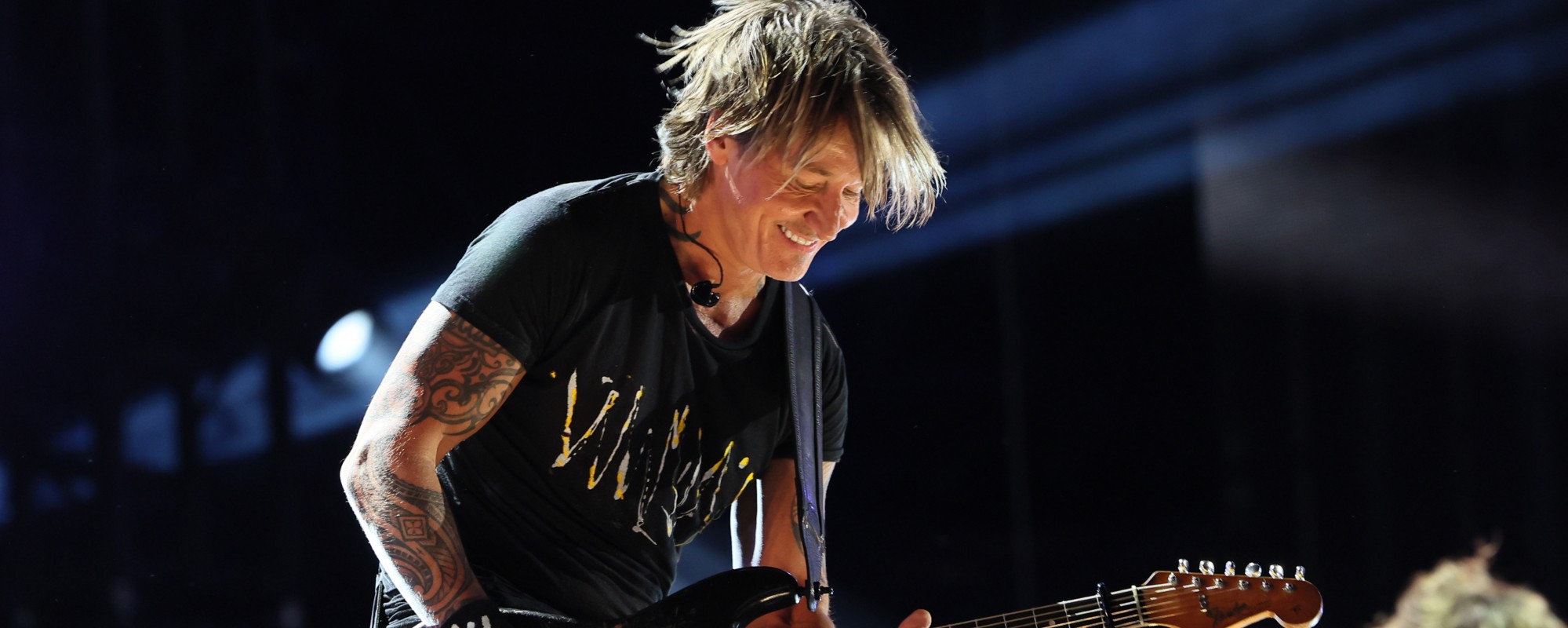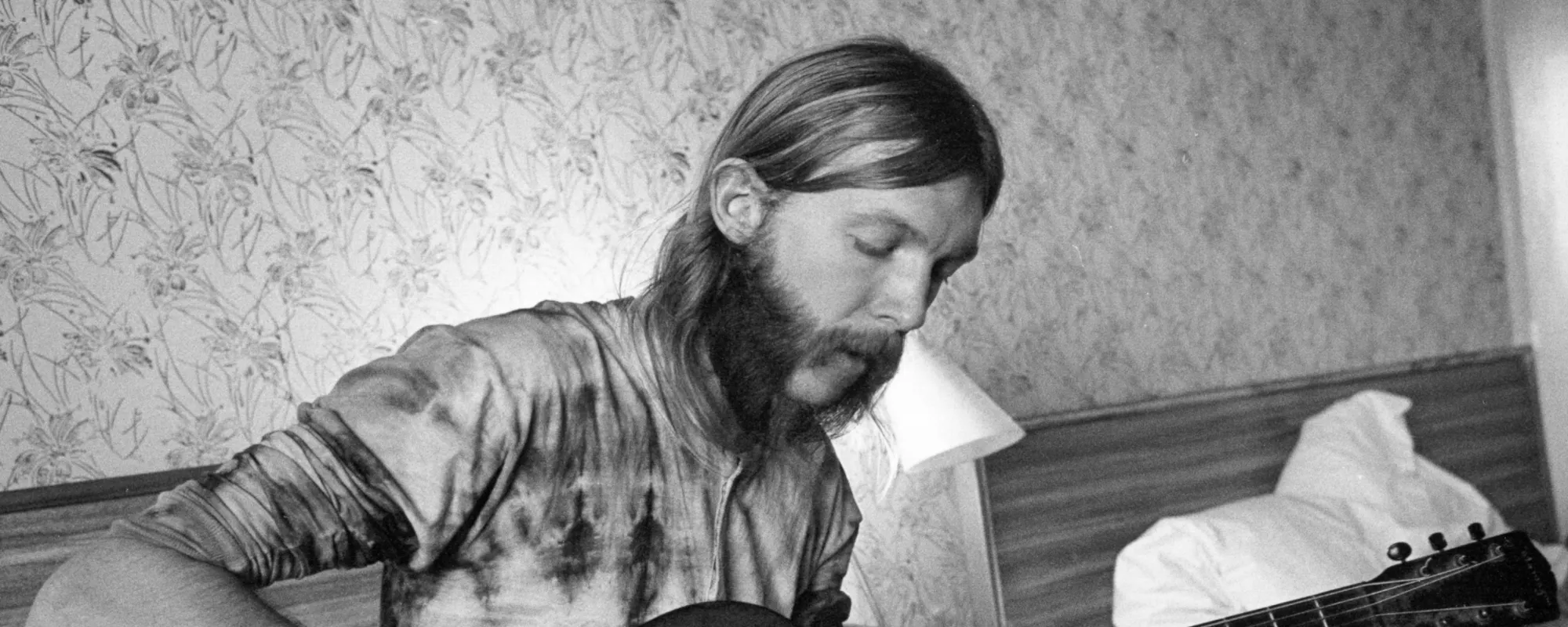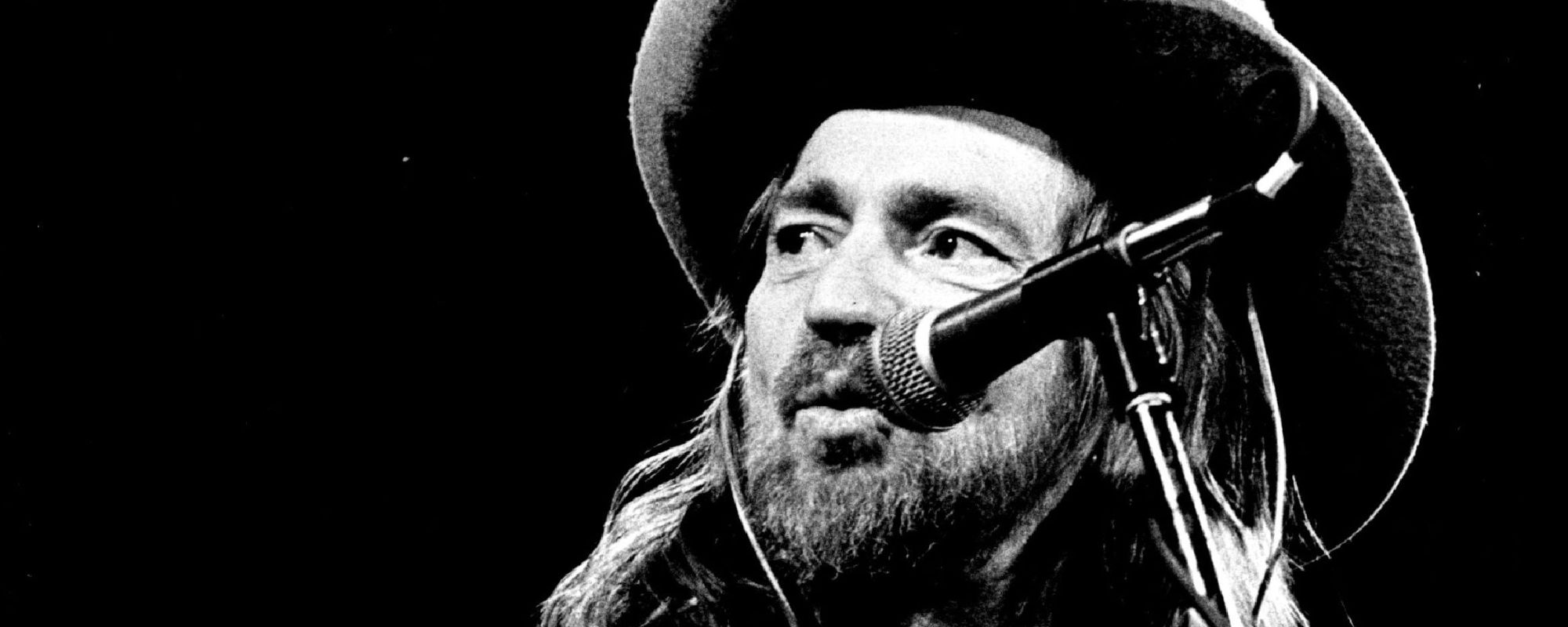Many artists release live albums—but very few of those albums have been recorded within the confines of a prison. That is precisely what acclaimed singer/songwriter Melissa Etheridge has done with her release, I’m Not Broken (Live from Topeka Correctional Facility), released July 12..
Videos by American Songwriter
Making an album like this has been a goal that Etheridge set when she was growing up in Leavenworth, Kansas, a town that she notes has five prisons within twenty miles of it. “When I was about seven years old in 1968, Johnny Cash came and played the big federal penitentiary, and it was in the newspaper,” she tells American Songwriter during a call from her Los Angeles home. “Nobody in the town or in Kansas City got to see him; only [people] in the prison. And I thought that was really big. So I thought playing a prison was what you wanted to do—I thought it was a place of fine entertainment. And that always made a big impression on me.
“When I still lived in Leavenworth as a teenager, I went into every single one of those prisons and performed in some manner, whether with a musical or variety group,” she continues. “Performing in prisons was the first time I felt an audience really so appreciative, and that always stuck with me. And so through my life, I’ve always had this in the back of my mind that I wanted to go back when I make it.”

By any measure, Etheridge has undoubtedly “made it”: she rose to fame in the 1990s with major international hits such as “I’m the Only One,” “Come to My Window,” and “I Want to Come Over.” Six of her albums have achieved platinum or gold sales status, and she has had more than two dozen songs chart in countries around the world. She has won two Grammy awards for Best Rock Vocal Performance by a Female Artist. In 1996, she won the ASCAP “Pop Songwriter of the Year” award.
About ten years ago, when Etheridge changed her management, she told her new team about her dream of doing her own concert in a prison. That led to contacting the Topeka Correctional Facility in Kansas. “They were supportive of it and let us do whatever we wanted, and so we said, ‘Wow, let’s do a live album; let’s make a docuseries.’ It became this beautiful thing that I’m so proud of,” Etheridge says.
This means that, in addition to the live album, there is a two-part docuseries, Melissa Etheridge: I’m Not Broken (available via Paramount+). Both capture the way that Etheridge connected with the 2,500 female residents of the correctional facility, with the docuseries additionally chronicling how she created new music based on her personal interactions with five women within the facility.
When Brian Morrow, who co-directed the docuseries (along with Amy Scott), approached Etheridge and asked if they could film her writing a song for the female prisoners she had befriended, she was initially unsure if she could do as he asked. “I was like, ‘Dude, you don’t understand. I’m not going to sit down and just write the song—that’s not the way songwriting works for me,” she says. “It’s hard to capture when the lightning’s going to strike.”
Fortunately, she found that this project naturally sparked her creativity. “I’m very much just catching bits of information and inspiration constantly. Every time I would get a letter [from an inmate], there might be something in there. Or when I went to the prison and met them, and I kept hearing ‘hurt people hurt people.’ And I was just like, ‘That encapsulates everything.’”
As she mulled over these thoughts, the docuseries team gently urged her to let them film her working on her songwriting. Eventually, she agreed to let them do so—with the understanding that they would have to be patient with her. “I would sit down and give it time,” she says. “You just have to create space and time for creation, and that’s what I would do.”
As a result, the docuseries captures her exploring musical ideas and occasionally writing things down, then putting them to the ultimate test: playing the new material for her wife, actress/writer/producer Linda Wallem.
“I always play something for her first because I really trust her taste, and she knows what I’m capable of,” Etheridge says of Wallem. “So I said, ‘Well, the cameras are here; let me sit down and play this in front of my wife like I would normally do,’ and then how it changed from that to actually getting it up onstage with the band. They learned it two days before we recorded it, and there it was.”
This very public viewing of her process was a marked change from the very private way Etheridge approached her craft when she was starting out. “Songwriting has always been so personal to me; it was always a place and a space I had to make for myself,” she says. “I had to be alone because songwriting is so much hit or miss when you’re in it in the moment, when you’re trying to find something, that you don’t want to be watched when you’re doing it.”

During her childhood in Kansas, Etheridge was intrigued by the varied musicians appearing on The Ed Sullivan Show and American Bandstand. “I had all genres coming toward me: country, rock, soul music, and Motown. So I loved it all,” she says.
A turning point came when she was eight when her father gave her sister a guitar. “I begged to play it, and they said I was too young and my fingers would bleed,” she says, “but I persuaded them. I whined long enough to get them to let me try. My fingers bled, but I eventually got calluses and kept playing.” She says she was “ten or twelve” when she began writing her own songs.
“Of course, I was just copying what I was hearing around me, trying to rhyme words, and it was very juvenile,” she says of her earliest attempts at her craft. “But once I started living my life in my late teens and early twenties, I was like, ‘Oh, this was what all the love songs are about—this is what we’re trying to describe: our inner emotional world. We’re trying to put words and music to it, and rhythm, so that others might relate and be soothed or inspired.’”
Etheridge had joined various bands as a teenager, but after graduating from high school and moving to Boston to attend the prestigious Berklee College of Music, she found her niche as a solo artist in the local club scene. That experience convinced her to drop out of Berklee and move to Los Angeles, where she could pursue her singer/songwriter career in earnest.
That gamble paid off: she soon signed with Island Records and then released her self-titled debut album in 1988. Her fourth release, Yes I Am (1993), became her breakthrough album, spawning her signature hits “Come to My Window” and “I’m the Only One.” She has gone on to release sixteen studio albums thus far and promises that another is on the way.
“I’m in a writing year right now because next year, I would like to record an album and put it out in the next couple of years,” she says. “It’s about opening that channel up and gathering the inspiration.”
Still, she adds, she isn’t forcing herself to stay prolific. “I never pressure myself into work. That’s a dead end,” she says. “I always give myself space and time, and if nothing’s coming, I’m like, ‘Okay, I’ll try again tomorrow or the next day.’ I just walk away. I don’t consider it a failure. I don’t consider it anything other than it wasn’t the right time. I have to be in a good state to write. So it’s my job to find my joy and happiness during the day, my wellness, so I can put it into work.”
While there’s no shortage of things that inspire her writing these days, she says that her method has changed to accommodate how she lives now. “My life is so wonderfully, beautifully, thankfully full that I don’t have the time to just lay around on my bed for six hours with the notebook and a guitar and write the way I used to,” she says.
Instead, when she gets an idea, she will often create voice memos on her phone, singing the rhythm, melody, or snippet of a lyric. She also uses the “notes” feature on her phone to write down lines. “And I have notebooks of words and phrases and thoughts and subjects and things that inspire me, that move things inside me. So the whole key to it, for me, is staying open and alive to the wonder of creation.”
Where she is with her career now is, Etheridge says, everything she’d dreamed it would be when she first picked up a guitar at eight years old. “I’m very proud,” she says of the musical legacy she has created since then. “I love getting up and playing songs that people know and love. There’s nothing in the world like starting “I’m the Only One” and everybody losing their minds. That’s great. I love it. That’s all I wanted for the first half of my life, and I’ve got it now, so I’m very happy.”
Photos Courtesy of Primary Wave







Leave a Reply
Only members can comment. Become a member. Already a member? Log in.